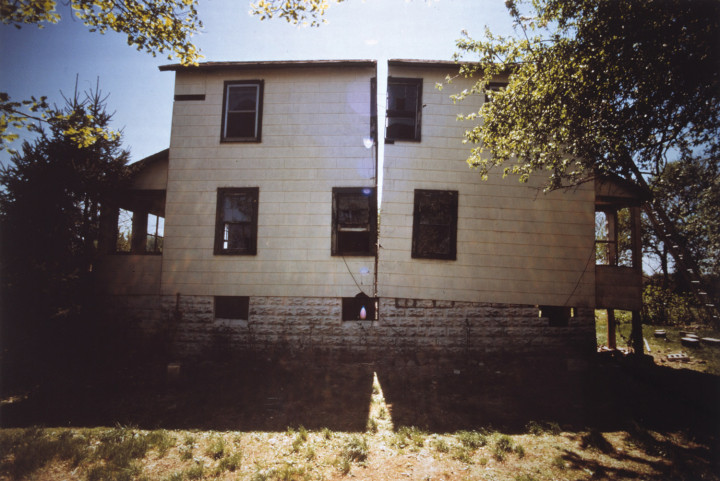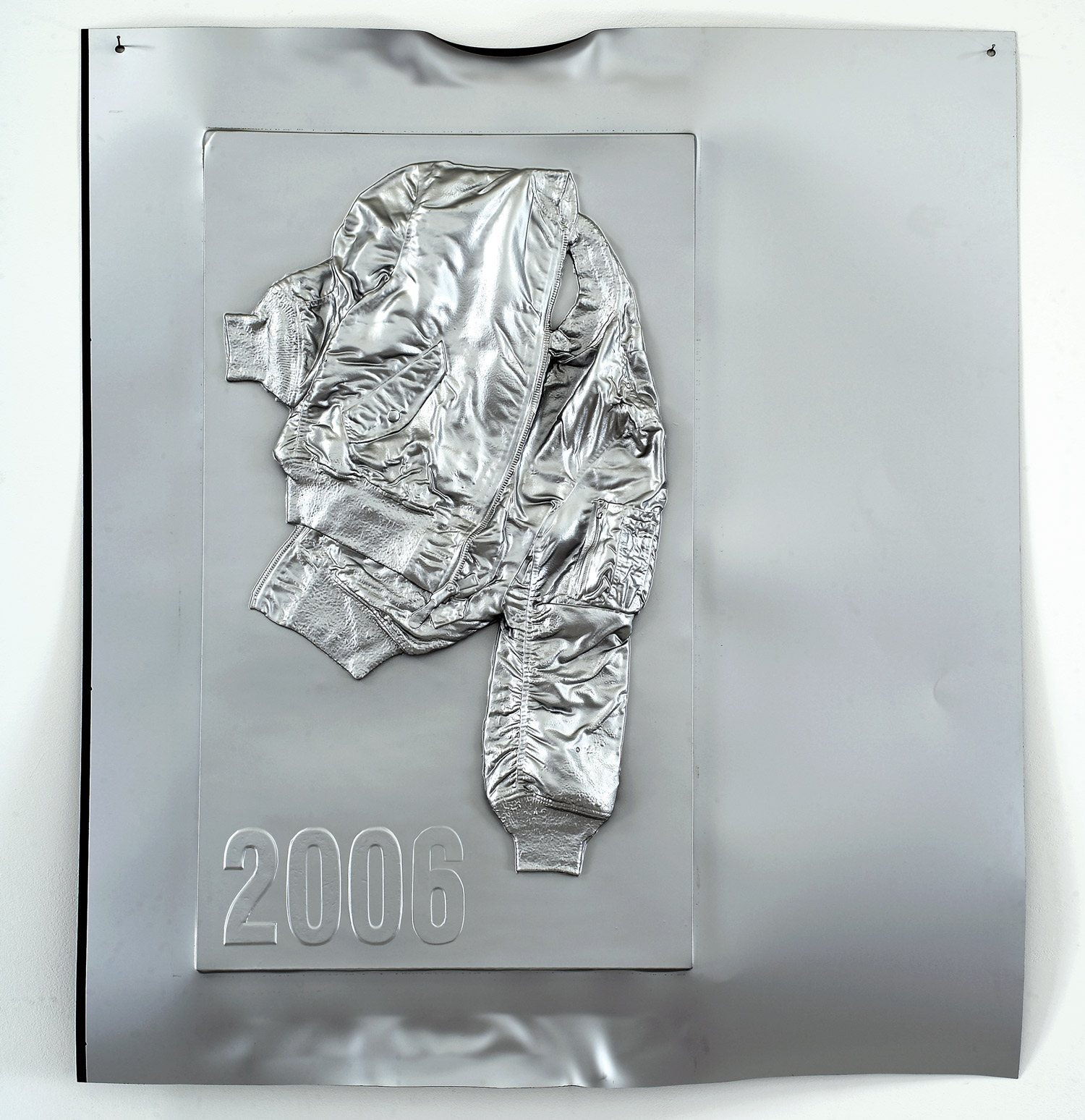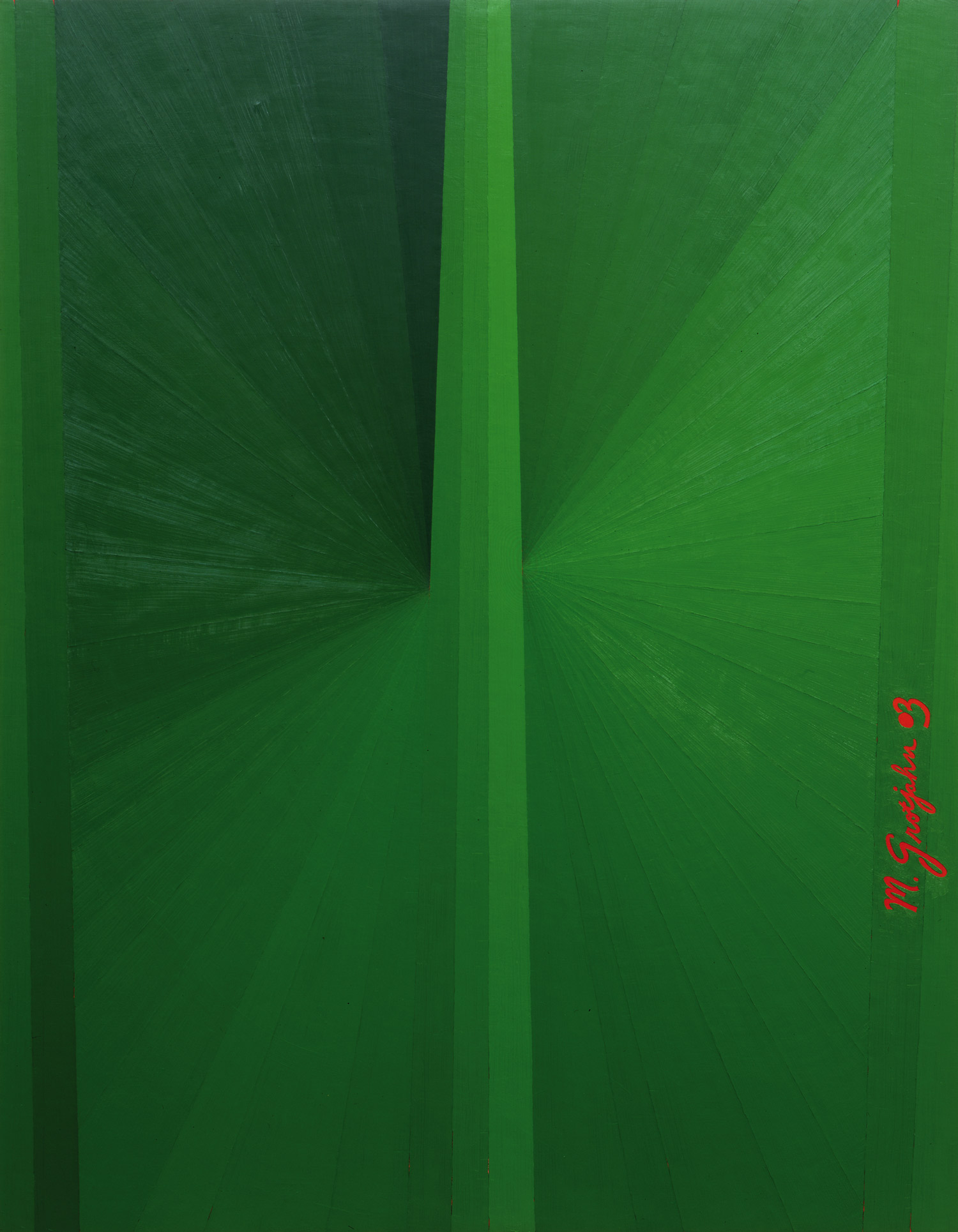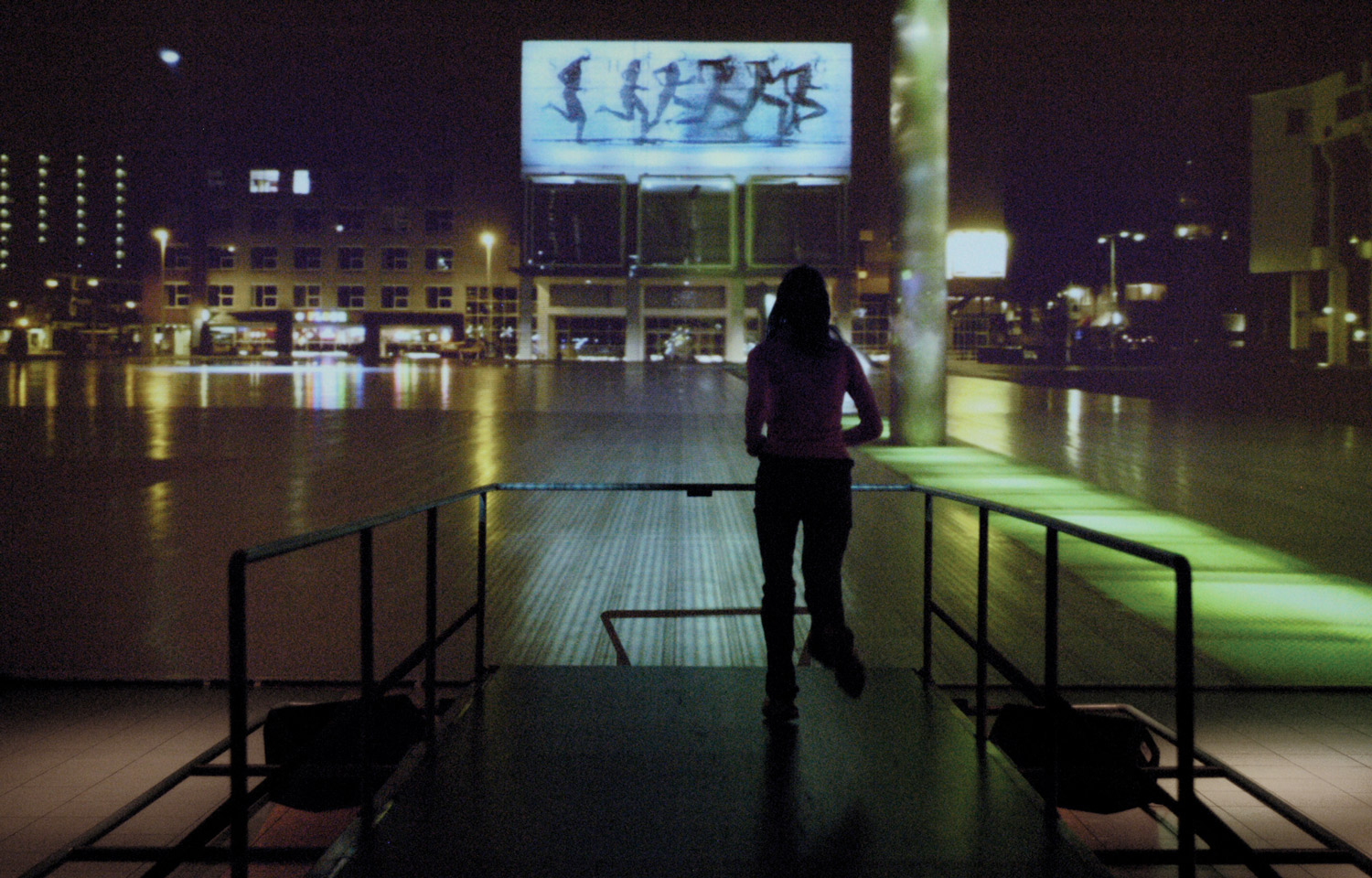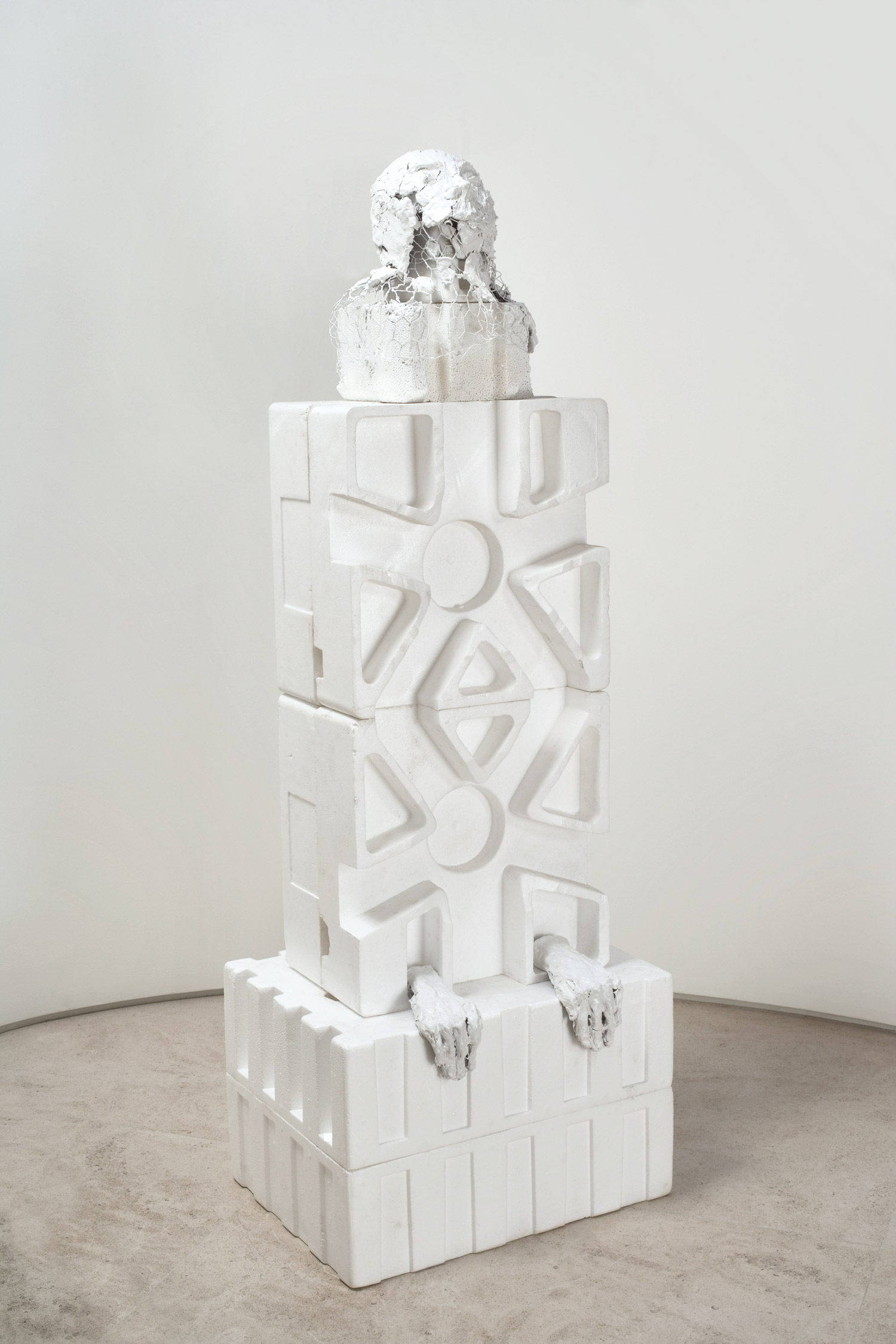
From Flash Art International No. 90-91 June-July 1979
I never used to think too much about Gordon’s work. I used to think because of his work; I was excited and inspired by it. Gordon’s work was full of energy and made everyone around him more alive. When he was alive, it was like standing up in the theater and shouting “bravo!” What I would have liked to have done was give Gordon a great big hug. I suppose I never thought about it because I didn’t think he was going to stop producing. Gordon’s work could be many things; the people who interviewed him had different interpretations of its meaning. In his interviews, Gordon went off on lots of different tracks, depending largely on what the people around him were saying. But the work went on and most of it turned out to be evanescent: for one reason or another it evaporated almost as soon as it was done. Although his work was rarely made before a live audience, it had an aspect of performance art that was so important at the time Gordon began working. But most of his work was not much of a performance — it was his life that was the real show. Gordon helped to create a community of artists and friends. This aspect of him was close to Fluxus, but he wasn’t at all involved in their intellectual concerns. When Gordon thought of something he went ahead and did it. His daredevil antics, both at work and at play, frequently caused people to advise him to be careful.
Matta-Clark was one of twin sons born in 1945 to Ann Clark, a lovely American woman, and Sebastian Matta, a rich and famous Chilean surrealist. He grew up in Paris and New York and occasionally visited Chile. Gordon studied architecture at Cornell University in Ithaca, New York. With his long time friend, Jeffrey Lew, he founded the renowned 112 Greene Street Gallery, where half the new art of the late sixties and early seventies made its debut. There, Gordon made a hole in the floor of the cellar with a saw and then planted a tree whose upper branches came into the gallery.
One of the things that is clearest in my mind is how this interest in working with building originated. It evolved out of that period in 1970, when I was living in the basement of 112 Greene Street and doing things in different corners. Initially they weren’t at all related to the structure. I was just working within a place as a whole, as an object. 1
Even later he was still digging. In 1977 at Yvon Lambert Gallery in Paris, on the lam from his hectic life, he dug a hole in the ground that became five meters deep (Rendez-Vous, Sous-Sol (Descending Steps for Batan) 1977). Illuminated by a light bulb, Gordon continued digging until the exhibition was over. He investigated all kinds of underground spaces and went all over Paris and New York, in wine cellars, sub-basements, sewers, grottos, caves, abandoned tunnels and transportation systems. His was a great investigation that was recorded on film and in pictures that occasionally capture an instant of his obsession with the earth. He was always trying to figure out what to do underground, but his best works weren’t done there at all. I think the massiveness of the earth itself was one of the few things of which he stood in awe and it was one of the few things strong enough to stop him.
A cut and a slice — is there any question when a cut and a slice are just the same? A cut and a slice have no particular exchange. 2

Gordon was also a photographer and his underground interests were extensively documented. I like the wide thin portraits of the traveling murals on the New York subway cars, which were photographed in black-and- white and colored by hand. A medium-sized archive of photography is about all that remains of his work. Not all of these photographs are just documents. Quite a few of them are works of art and are intended as such. Looking at one of these photographs, which were usually not highly admired by Gordon’s friends, you get a really good idea not of the ‘work,’ but of Gordon’s head at the moment he sliced up these photos and juxtaposed them in ways he could never have done in the old buildings where the pictures were taken. It makes the activity of slicing up buildings much more constructive.
A regret, a single regret, makes a doorway. What is a doorway? A doorway is a photograph. What is a photograph? A photograph is a sight and a sight is always a sight of something. 3
When he started slicing up buildings, everybody, myself included, was very impressed. It freed us just at a moment when things were, once again, rather constrained and painting was coming back into vogue (as it has continued to do). Slicing up buildings was a great image. Gordon was not a very large man, but his activities in these works made him enormous. Although it was physically much more difficult than this might imply, he treated buildings like giants might treat their toys, ‘splitting’ that house in New Jersey as if it were almost circular or curve shaped. At first, the lines were straight and there was an inclination to wrest from the buildings relatively small souvenirs which could be crated, hauled or pushed into art galleries like inanimate cattle or something. A show on these facts was held at the John Gibson Gallery in 1974. Holly Solomon, who had provided the Humphrey Street Building in New Jersey, also showed some of the work.
When I went to Italy (1974), I was searching for places to work, and Minetto Rebora of Galleria Forma gave me the office and drafting room of his old factory, a little concrete building. I cut horizontal lines that ran parallel with the floor throughout the interior of the space, so that all the walls were separated from the ceiling. Then I tried to make a couple of gestures that would unify the whole building. I took the center out of the roof and then another core from the top of the roof down. 4
There are three or four important “sliced buildings” works. I only saw one of them, the one where he worked like hell for a time putting big curved holes and a huge straight cut on Pier 52, North River, New York (Day’s End, Pier 52, 1975). It is very hard to slice up corrugated sheet metal of which the pier’s shed was made and the floor’s enormous wood planks over 30 cm thick. One day I walked around on the outside of the pier shed on what was a narrow ledge of solid wood to look at it from the outside. Stylistically, I think this piece was somewhere between Splitting (1974) and Conical Intersect (1975) in Paris which was, however, done before Day’s End. He used everything at hand and whatever came to mind. Earlier he had quite a history of doing things with trash and through various accidents he was given the opportunity of using some real buildings that were about to be trashed by their owners.
I don’t know how romantic I feel about it. It’s just that the only situations that lend themselves to the kinds of things I do bring up romantic associations. But that’s not my intention. I’d much sooner do something right across the street. I’d just as soon deal with something that’s brand new, crisp and not at all ready for the axe. 5
Thus, considering his close associations with Europe, to be able to use two buildings adjacent to Beaubourg was just about the crowning point of his career. Conical Intersect is rather simple in design, though complicated to achieve. One cone bore its way in from one side, the other came from the roof, until they met. Since the cones went right through the building it was practically the only time Gordon’s work was accessible on the street like other buildings. Nobody could construct buildings the way Gordon deconstructed them. If Gordon were to have constructed something, it would have been more like the net he made in Kassel. The deconstruction was a way of seeing through and through. When P.S.1 opened in Long Island City, he used the occasion to find out what it would be like if there were doors in the floors. It was thrilling to see what took place when a simple two-story house was split in two, with one end lowered to exaggerate the cut. And it was better, I think, when the left-overs from the process were forgotten and thrown aside.
Gordon was very defensive about his work being destructive. He preferred to think of it as opening up new spaces — allowing air, sun and rain to flow through like they had not been permitted to before. 6

After the New York Port Authority noticed what Gordon had done with their rusty, old abandoned pier, they issued a warrant for his arrest and he fled to Paris, where he dug the hole in Lambert’s cellar for Descending Steps for Batan. Batan was the nick-name of his twin brother Sebastian, who fell to his death from a window in 1975. This extraordinary event was to affect the rest of Gordon’s life and he worked even harder after it.
I think Gordon made two masterpieces: Office Baroque (1977) in Antwerp and Circus (1978) in Chicago. Office Baroque was a big downtown building in the Flemish capital, across the street from a castle in front of which every Flemish bride is photographed. He made cuts along the walls and between the floors and through the roof, joining and recomposing the space in a graceful manner which was a great pleasure to behold, even in photographs. The Museum of Contemporary Art in Chicago produced a decent picture-book of Circus, which was designed by Gordon but printed in black-and-white instead of color. The first display there was Gordon’s three-ring, three-story Circus. A friend of mine sent me a clipping about it from one of the Chicago papers. It said they liked it but didn’t quite know why. I wish I could be as frank and thoughtless. I don’t think Gordon ever talked about what he was really doing. Perhaps at some other time it will become possible to consider his work in the context of architecture. It is a considerable shame to have this work just filed away and sold and re-sold in the trade of fine arts, because although he lived in the context of art, Gordon was not just an artist — he was an inspiration.
Everyone around him felt changed by him in different ways. He was instrumental in getting artists to work together in whatever ways they could. He organized a group that discussed ‘Anarchitecture’ and produced a show at 112 Green Street of anonymous proposals that hardly seemed like buildings. He lived his life dedicated to his friends and was interested in everything that interested them. Among his friends were people who were interested in visionary schemes like “wind-sun-water” powers. He also liked futuristic things, the American cliché for the unimaginable. I once met a man at Gordon’s house who later told me that there may be a way to get marshes to produce feathers without the aid of birds. This would have been good for the food chain. Which reminds me of his most inspired work that stuck straight up from the earth — the rope chain bridge that was hung off a 75 meter smokestack in Kassel. If this were an art history think piece, I would now be licensed to babble about what Matta-Clark’s work would have become if he hadn’t died of cancer in August, 1978.
Jacob’s Ladder at Documenta VI was very long and probably quite safe, but very scary. You could climb all the way to the top. The net itself was almost invisible and it was not a building anymore than Gordon’s other works were really buildings.Nor were they even architectural proposals. This great big net was just part of a pretty long, not very short, stairway to paradise.

